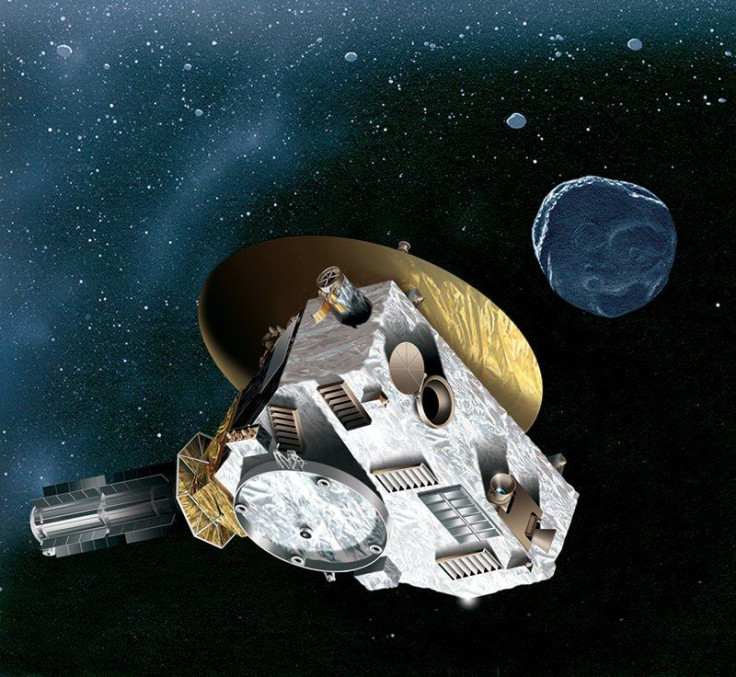NASA’s Hubble To Look For Objects Beyond Pluto For New Horizons Mission In 2015

The Hubble space telescope will soon be used to look for new celestial objects beyond Pluto so that NASA’s New Horizons mission can visit one after its flyby of Pluto in July 2015, the federal space agency announced on Monday.
As part of its new search adventure, Hubble will target a small area of the sky to look for a Kuiper Belt Object, or KBO. The Kuiper Belt is an area full of icy debris present in the region since the formation of the solar system 4.6 billion years ago. Scientists have never seen a KBO because the belt is located in a region that lies 5 billion miles away from the sun and has never been visited by human-made objects.
“I am pleased that our science peer-review process arrived at a consensus as to how to effectively use Hubble's unique capabilities to support the science goals of the New Horizons mission,” Matt Mountain, director of the Space Telescope Science Institute in Baltimore, Md., said in a statement.
Before fully carrying out the KBO search, scientists will conduct a pilot observation using Hubble data, in which the space telescope will examine an area of the sky in the direction of the constellation Sagittarius to identify objects orbiting within the Kuiper Belt. If the pilot test successfully identifies at least two KBOs, Hubble will be given the go-ahead to find an appropriate KBO for New Horizons to visit.
Over the years, Hubble has been instrumental in uncovering details about planets and their moons. For instance, recent Hubble solar system observations have discovered a new satellite around Neptune, studied the magnetospheres of the gas-giant planets and found circumstantial evidence for oceans on Europa. But, the hunt for a KBO is not likely to be an easy task for Hubble because a typical KBO may be no larger than Manhattan island and could be as black as charcoal.
“The planned search for a suitable target for New Horizons further demonstrates how Hubble is effectively being used to support humankind's initial reconnaissance of the solar system,” Mountain said. “Likewise, it is also a preview of how the powerful capabilities of the upcoming James Webb Space Telescope will further bolster planetary science.”
© Copyright IBTimes 2024. All rights reserved.






















